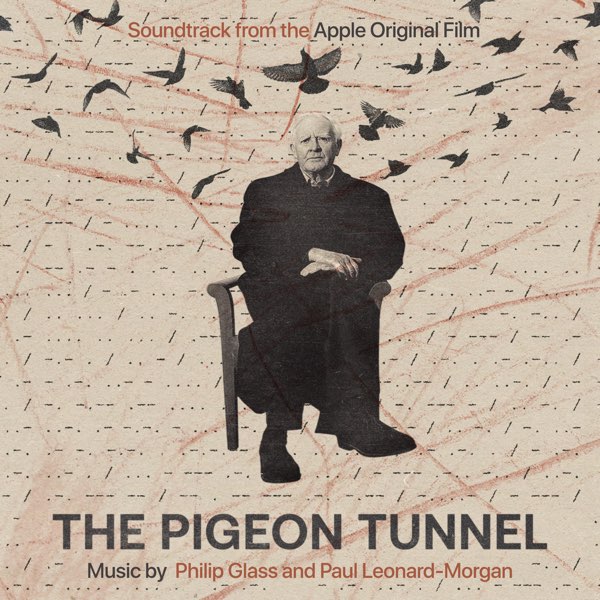Philip Glass and the Scotsman Paul Leonard-Morgan compose the soundtrack for the John le Carré documentary “The Pigeon Tunnel”.
This past week saw the premiere on Apple TV+ of the documentary The Pigeon Tunnel, based on the autobiography The Pigeon Tunnel: Stories From my Life (Viking Books, 2016) written by the well-known British spy novelist John le Carré. The documentary, by Errol Morris, was made in collaboration with the writer and former spy himself, who gave four days of interviews in 2019, which turned out to be the last of his life, as he passed away in December 2020.
Errol Morris is the author of numerous documentaries for some of which he has had a soundtrack composed by Philip Glass, including The Thin Blue Line, A Brief History of Time or The Fog of War: Eleven Lessons from the Life of Robert S. McNamara, a list of collaborations that is now joined by The Pigeon Tunnel, although, in reality, the score is also a collaboration between Philip Glass and the Scottish composer Paul Leonard-Morgan.
Leonard-Morgan and Glass met four years ago, when film director and producer Mark Romanek first asked Glass to score the soundtrack for his Amazon sci-fi TV series Tales From the Loop. Glass was attracted to the project, but he had other commitments and suggested the possibility of finding a collaborator: he already had in mind the name of Paul Leonard-Morgan, whose work he knew, as he had composed several scores for documentaries and TV series directed by Errol Morris.
Until then they had never met or worked together (Leonard-Morgan, in fact, had not collaborated with any other composer before), but the teamwork proved very easy and fruitful, and that collaboration was repeated months later for one of the episodes of another TV series, Aram Rappaport’s The Green Veil (premiering in 2022 at the Tribeca Film Festival) and, finally, in The Pigeon Tunnel.
Both composers have created an orchestral journey through time, sometimes transporting us, with their symphonic orchestral work, to the soundtracks of the spy films of the 1960s. The symbiosis between the two composers is real: one sends the other ideas and comments on what to do and what to try, and the other begins to work on the chords received, adding his own melodies. Thus, although Glass’s characteristic “circular” style is sometimes recognisable, the soundtrack offers notable differences from the usual style, which will surprise the listener.
